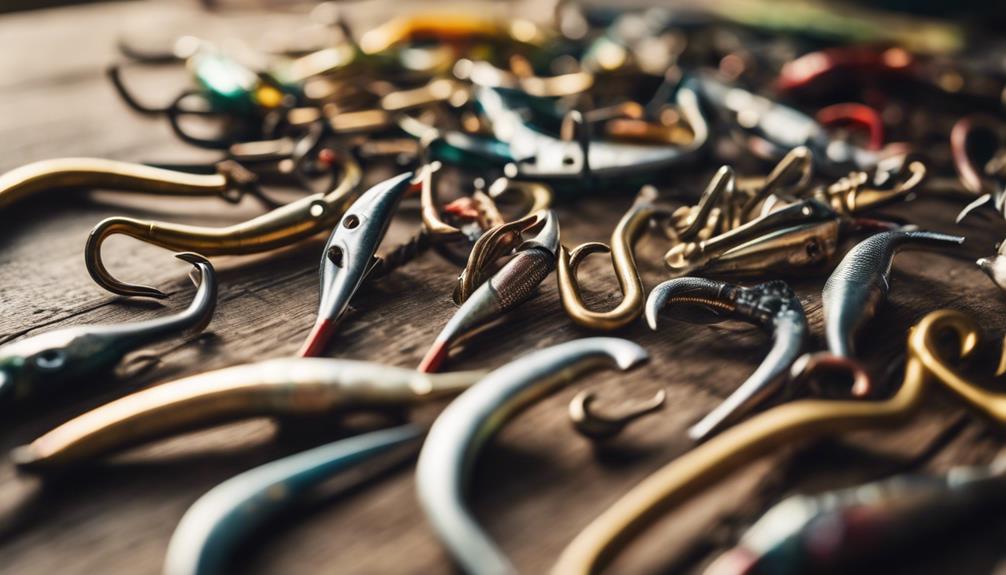Understanding Fly Fishing: The Basics
Fly fishing is a unique angling method that uses a lightweight artificial fly to catch fish. Unlike traditional fishing with a worm or baited hook, fly fishing relies on the presentation of the fly to mimic insects or other prey. This technique allows anglers to cast their lines delicately over water, making it particularly effective for targeting species such as trout, bass, and panfish. To get started with how to fly fish, it’s essential to familiarize yourself with the equipment, techniques, and environments where fly fishing is most effective.
Choosing the Right Equipment for Fly Fishing
When learning how to fly fish, having the right equipment is crucial. The basic gear includes a fly rod, fly reel, fly line, and, of course, flies. Fly rods come in various lengths and weights, typically ranging from 7 to 9 feet for freshwater fishing. A good starter weight is a 5-weight rod, as it is versatile for many freshwater species. The fly reel should be matched to the rod for balance, and the fly line should be appropriate for your chosen rod weight. As you learn how to fly fish, you’ll discover the importance of each component in maximizing your success on the water.
Selecting the Best Flies for Your Target Species
Understanding the types of flies is paramount when learning how to fly fish. There are two main categories: dry flies and wet flies. Dry flies float on the water’s surface, mimicking insects that fish feed on, while wet flies sink below the surface to imitate nymphs or baitfish. Each type of fly is designed to attract specific fish species. For example, if you’re targeting trout, consider using a small Adams dry fly for surface feeding or a Woolly Bugger as a wet fly. By choosing the right flies for your location and conditions, you’ll increase your chances of a successful catch.
Mastering Casting Techniques for Fly Fishing
One of the most critical skills in how to fly fish is mastering the casting technique. Proper casting allows you to present your fly naturally on the water. The most common method is the overhead cast, which involves a smooth motion that lifts the line and fly off the water and then propels it forward. Begin by practicing your wrist motion and ensuring the line is straight behind you before moving it forward. As you become more proficient, you can experiment with different casts, such as the roll cast and sidearm cast, which are useful in various fishing situations.
Understanding Water Types and Fish Behavior
To be successful in how to fly fish, it’s essential to understand how different water types affect fish behavior. Fish are often found in specific areas of rivers, lakes, and streams based on factors like current, structure, and temperature. Look for areas where fish can hide, such as behind rocks or near submerged vegetation. Additionally, understanding the time of day and seasonal patterns can significantly impact your success. Fish tend to be more active during dawn and dusk, making these prime times for fly fishing.
Practicing Fly Fishing Techniques on the Water
Once you’ve mastered the basics, it’s time to practice your fly fishing techniques on the water. Start by selecting a local pond, river, or stream where you know fish are present. Set up your gear and begin with simple casts, focusing on accuracy and distance. Remember to pay attention to your surroundings; observe insect activity and fish behavior to determine the best flies and techniques for the day. As you practice, keep a journal to note what works and what doesn’t, which will help you refine your skills over time.
Ethics and Conservation in Fly Fishing
As you learn how to fly fish, it’s vital to be aware of the ethical responsibilities that come with the sport. Respect the environment by following the principles of “Leave No Trace,” which encourages anglers to minimize their impact on natural habitats. Additionally, practice catch and release, especially for species that are threatened or in decline. By adhering to local fishing regulations and being mindful of the ecosystem, you can help ensure that future generations can enjoy fly fishing as much as you do.
Join the Fly Fishing Community for Continued Learning
Finally, one of the best ways to improve your skills in how to fly fish is to engage with the fly fishing community. Join local clubs, participate in online forums, or attend workshops and classes. Connecting with experienced anglers can provide you with valuable insights, tips, and techniques that you might not discover on your own. Moreover, sharing your experiences and learning from others can enhance your passion for the sport and keep you motivated to continue improving.
In conclusion, learning how to fly fish offers an exciting opportunity to connect with nature and enjoy the thrill of angling in a unique way. By understanding the basics, choosing the right equipment, mastering casting techniques, and engaging with the community, you’ll be well on your way to becoming a proficient fly angler. Whether you’re casting your line in a tranquil stream or a bustling lake, the art of fly fishing promises rewarding experiences for years to come. Happy fishing!
